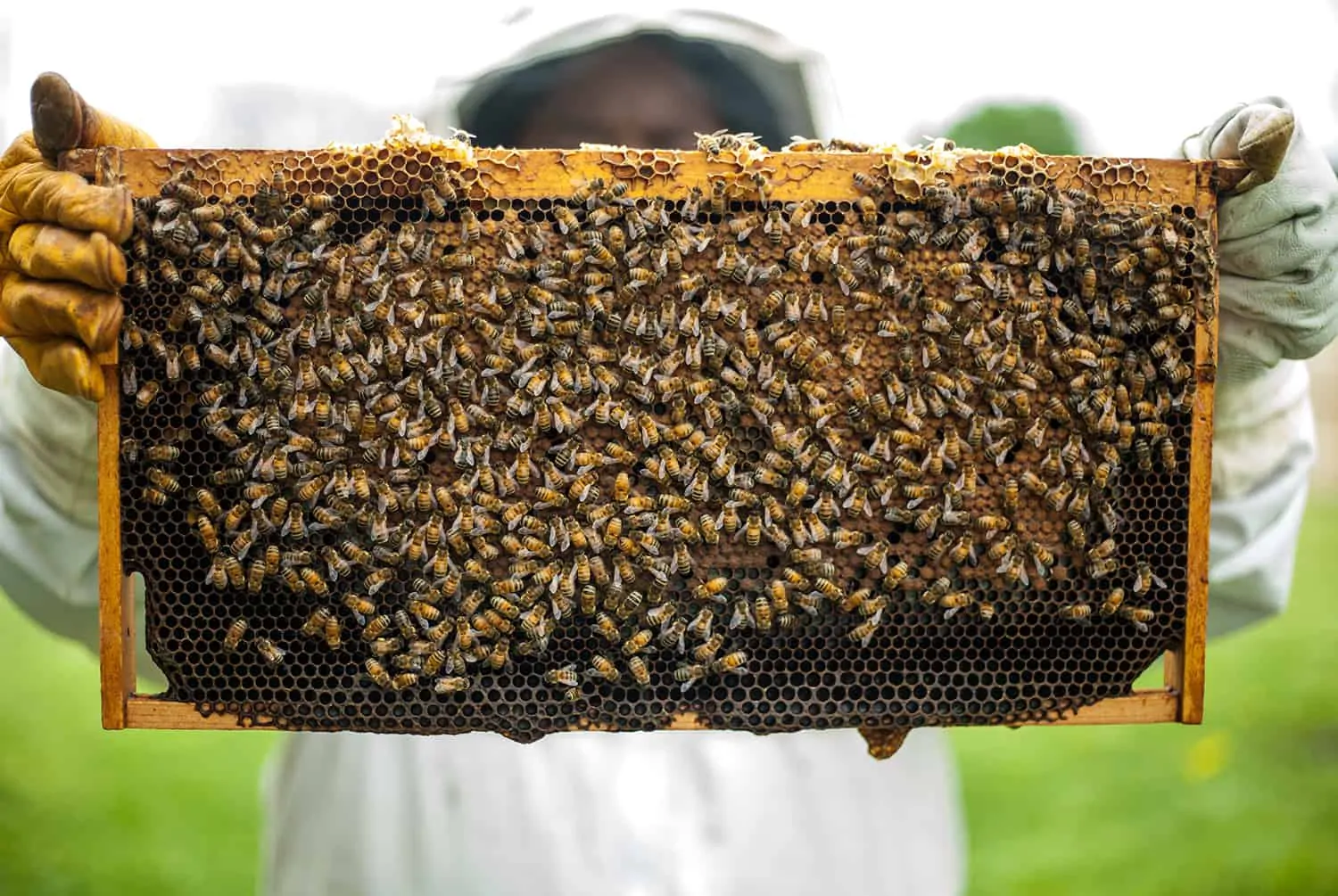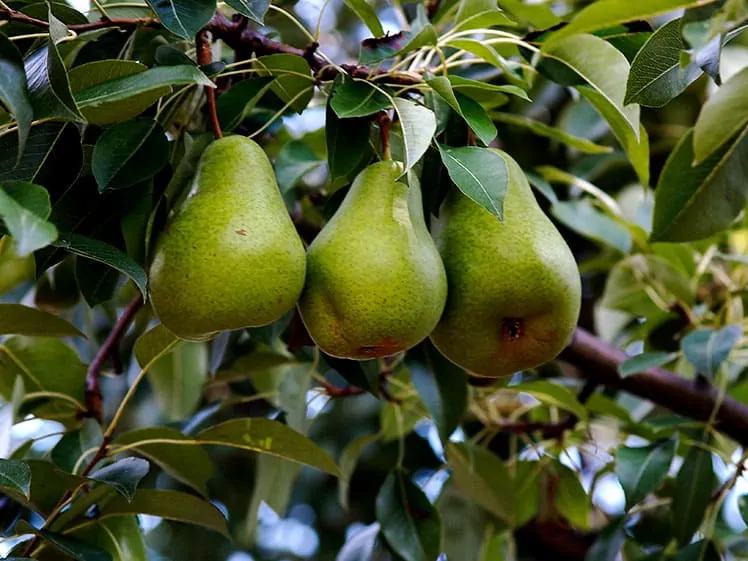The excellent news is, Noticed Lanternfly doesn’t chew individuals. The unhealthy information is, lanternfly decimates many meals crops and panorama vegetation, together with grape, peaches, roses, blueberries, apple, maple, birch, cherry, sycamore, willow, staghorn sumac, cucumbers, basil, daylily, and others (finally report, there have been 65 recognized species of vegetation). Noticed Lanternfly doesn’t feed on the fruit of meals crops – they feed on the woody elements of the timber and vegetation, which impacts the long run well being of the plant. SLF is more than likely to be discovered of their host vegetation: Tree Of Heaven (Ailanthus altissima), additionally an invasive species, black walnut, and hops.
How does Noticed Lanternfly kill vegetation?
Noticed Lanternfly has piercing, sucking mouthparts and is a giant planthopper. This pest makes use of its mouthparts form of like a straw – they insert it into the sap conducting vessels (the phloem) of a plant and feed on the sap. When the SLF is younger, the mouthparts are tender they usually are likely to feed on the undersides of leaves and the petioles of leaves – the tender elements of a plant. As they mature, the mouthparts change into stronger and the bugs can pierce via outdated bark on timber and feed on the sap.
Like many different bugs, SLF leaves “honeydew” in its wake – sap from the tree that’s comparatively undigested, which has handed via their physique. There are many sugars remaining within the honeydew, which magnetize fungi, placing additional stress on the tree. Honeydew seems as a sticky, black, sooty mould with a bitter odor and should choose the fruit, which ruins it.
Associated Submit: Overview: Nature’s Greatest Hope: A New Method to Conservation That Begins in Your Yard
To make issues worse, stinging bugs thrive on honeydew – it’s commonplace to see a yellow jacket actually following an grownup Lanternfly and sucking up the honeydew because it emerges from the Noticed Lanternfly’s physique.
SLF is just not recognized to do any structural injury to properties. Although they might gather en masse on a wall, they received’t attempt to get contained in the wall house and overwinter as different bugs do. The adults will die in the course of the winter from chilly temperatures.
What are the pure enemies of Noticed Lanternfly?
At present, the one recognized pure enemies of SLF are Praying Mantids, spiders, and wheel bug (an murderer bug)
Which natural pesticides kill Noticed Lanternfly?
Researchers are nonetheless experimenting with pesticides to fight Noticed Lanternfly. As of this time, these 4 pesticides permitted for natural rising present an impact on SLF. Notice that they may deal with bugs current on the plant on the time of utility however is not going to kill guests after utility (they aren’t systemic). The 4 natural pesticides are:
Insecticidal soaps
Pure pyrethrins (artificial pyrethrins will not be permitted for natural)
Neem oil
Spinosad
Learn to construct a circle entice to catch and kill Noticed Lanterflies.
The life cycle of Noticed Lanternfly
Feminine SLFs lay eggs in September in egg lots. Every feminine can lay as much as 2 egg lots with every mass between 30-50 eggs. The feminine lays her eggs in rows and covers them with a secretion from her physique which is at first white however dries to a mud-like look. The lined egg lots are simple to overlook as they’re laid in protected areas the place they may keep heat over winter. They’re additionally simple to overlook on timber as they mix in with tree bark or be mistaken for precise mud. SLF egg lots will be discovered wherever, together with objects you’ll by no means suspect the insect would use. Noticed Lanternfly is ceaselessly moved this manner – objects with egg lots are moved to different geographies, their house owners unaware of the bugs.
Associated Submit: Train Your Children Gardening and They’re going to Thank You For it Later
SLF has just one technology per yr. Younger Nymphs emerge from the eggs in spring and has 4 nymphal levels, every of which known as an instar (each time a nymph sheds its pores and skin it’s the subsequent instar). Within the first 3 instar levels, SLF are black with white spots. Within the 4th instar, they develop a pink coloration (see photographs under).
Noticed Lanternfly goes immediately from 4th instar to grownup with out assistance from a cocoon or pupa. The pores and skin of the final instar cracks open and the grownup crawls out. At first, the grownup is mild in colour however darkens because it shortly dries. It may possibly simply be recognized by its black spots on its folded wings.
You will discover extra assets on Noticed Lanternfly from the Pennsylvania Division of Agriculture and Penn State College.


